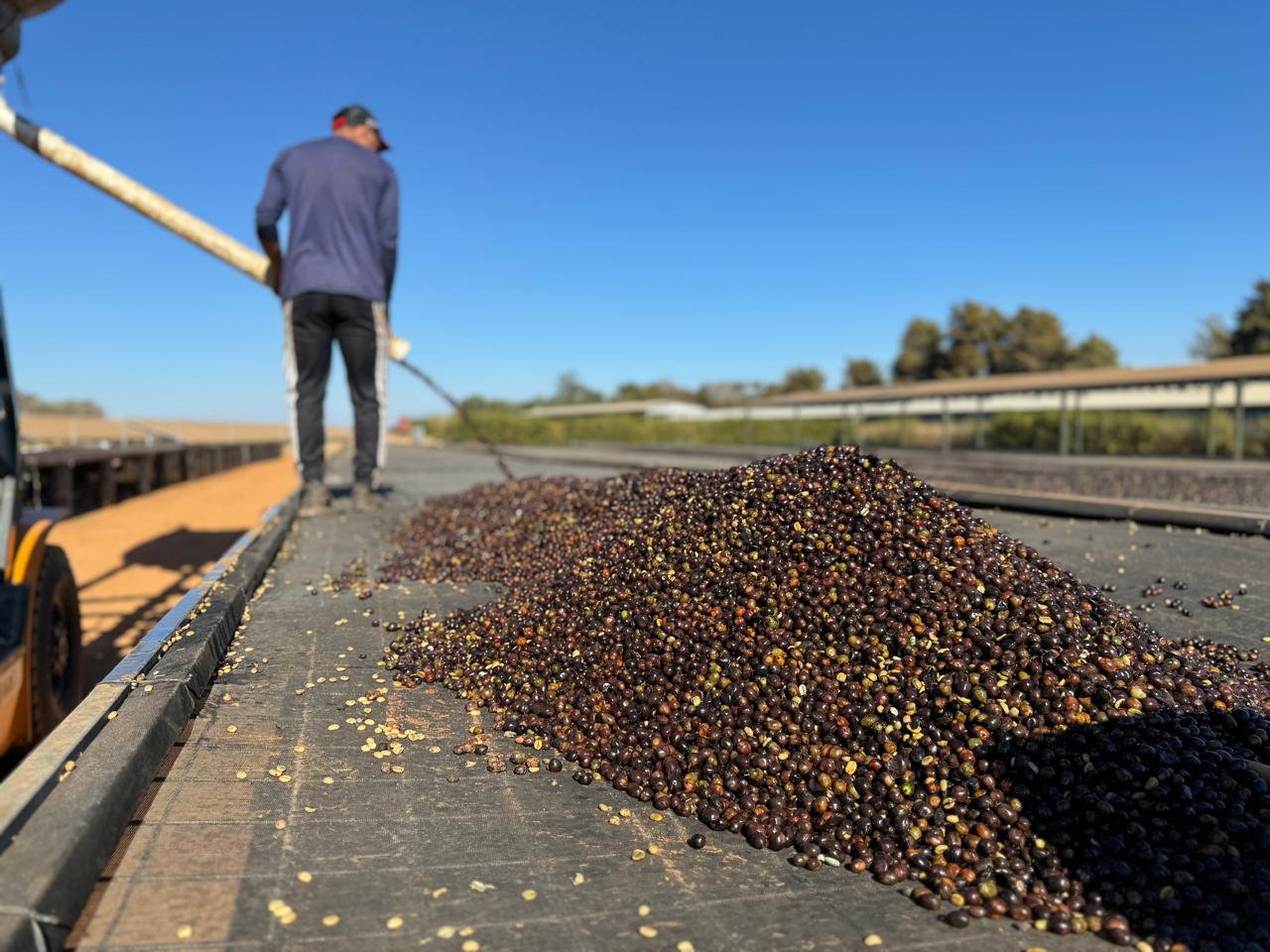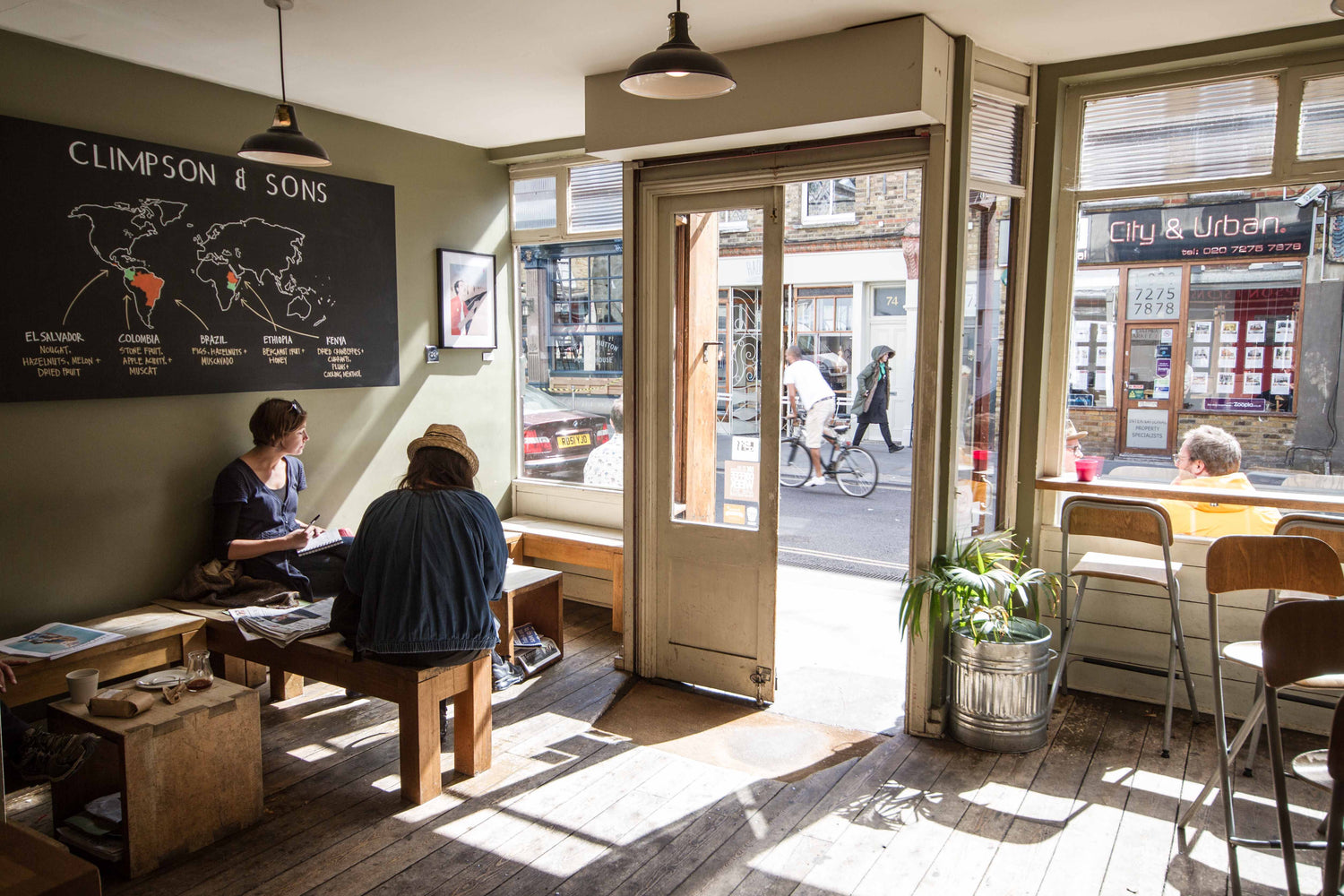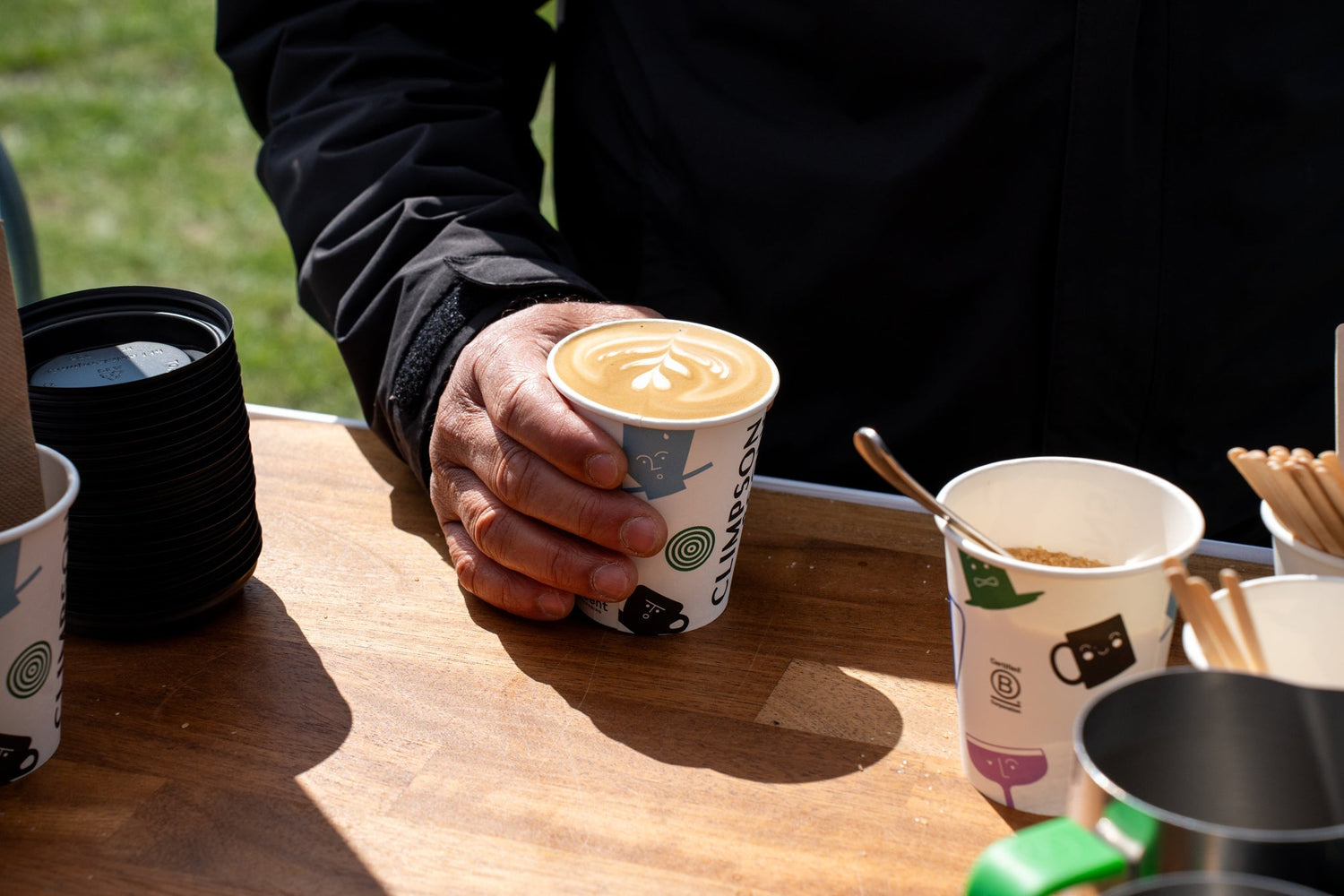The Climpson's Seasonal Espresso, The Broadway Blend, is a favourite amongst our community and the specialty coffee market in the UK, paying homage to our Broadway Market roots and offering a rotation of fresh coffees that change with the arrival of each origin's harvest. With different regions harvesting and shipping at different times throughout the year we have the opportunity to adapt the components of the blend with a focus on high quality, sustainable and complimentary coffees. Along with our growing range of single origin options this allows us to showcase the unique characteristics of location and terroir.
The movement of specialty coffee blends
House blends are still a familiar sight when entering a coffee shop, though recent trends towards single origin traceability have diminished some of this popularity. But whether customers are after the idea of a classic blend as their espresso option or enjoy the changes in seasonal coffees there is no reason for this to be an afterthought. Instead, this offers specialty coffee roasters the opportunity to experiment with new origins and flavour combinations.
Why choose a blend? Coffee roasters and cafes looking to create a stable and consistent flavour profile often turn to a blend to achieve this.
Traditionally, blends were (and still are) the chosen method of large-scale corporate roasting brands with upwards of 10 components that can be interchanged as per availability and cost with almost no discernible change in taste. Blends also had a reputation as a hiding ground for old or lower quality coffees with the combination sometimes masking these less desirable flavours. Whilst this may keep costs down and find a use for out-of-date coffees it doesn’t prioritise the flavour or overall customer experience.
A more modern approach is to showcase specific coffees with the aim of creating a flavour profile that balances the attributes of each component and accommodates espresso extraction. An example of this could be blending a fruit-forward African coffee with a more mellow South American coffee with the intention of striking a balance between crisp and creamy.
Our look into Seasonal blends - As specialty coffee roasters, Our intention with the Broadway Blend is to build closer relationships with our suppliers at an import, export and producer level. As such, you will often notice the return of familiar farm names as we commit to these sourcing relationships year-on-year. From the Salaverria family in El Salvador, COMSA Cooperative in Honduras or Bruno De Souza in Brazil, we are able to buy different varieties and processing options to build a blend that remains as balanced as it is sustainable.
In taking care to source unique coffees we take equal care in the production process and will always roast the components of blends as separate single origin batches which are then blended post-roast. The key reason for this is that each coffee will vary in size, density and moisture content and therefore behave differently in the roaster itself. To roast these separately means we can tailor the roast profile of each to match a similar solubility, colour and balance how these are extracted.

The ratios of a blend
Most consumers would be aware that a blend is a mix of numerous coffees but without specific labelling and traceable sourcing they are often in the dark as to what and where these coffees may be from. In the context of a commercial blend this could be anywhere from 5 to 15 different coffees. To put this in perspective, a cafe using an 18g dose of coffee for each espresso is unlikely to find the same blend ratio from shot to shot where some components may only make up 5% of the overall blend.
To keep things simple, we prefer to stick to just 2 coffees at a 50% / 50% or 60% / 40% ratio, depending on the availability of those coffees. This makes our green buying easier to manage and makes the blending process as simple as adding one batch to another. Ultimately, consistency is key and with less variation to worry about our baristas and customers can focus on doing what they do best.
Author: Simon Clark



